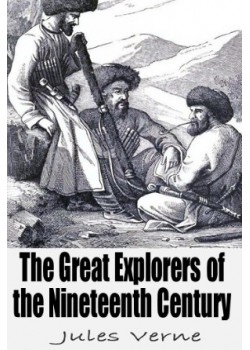Celebrated Travels and Travellers Part III. The Great Explorers of the Nineteenth Century
Celebrated Travels and Travellers Part III. The Great Explorers of the Nineteenth Century
By Jules Verne
18 Oct, 2019
Excerpt.......A sensible diminution in geographical discovery marks the close of the eighteenth and the beginning of the nineteenth century.
We have already noticed the organization of the Expedition sent in search of La Pérouse by the French Rep
... Read more
Excerpt.......A sensible diminution in geographical discovery marks the close of the eighteenth and the beginning of the nineteenth century.
We have already noticed the organization of the Expedition sent in search of La Pérouse by the French Republic, and also Captain Baudin's important cruise along the Australian coasts. These are the only instances in which the unrestrained passions and fratricidal struggles of the French nation allowed the government to exhibit interest in geography, a science which is especially favoured by the French.
At a later period, Bonaparte consulted several savants and distinguished artists, and the materials for that grand undertaking which first gave an idea (incomplete though it was) of the ancient civilization of the land of the Pharaohs, were collected together. But when Bonaparte had completely given place to Napoleon, the egotistical monarch, sacrificing all else to his ruling passion for war, would no longer listen to explorations, voyages, or possible discoveries. They represented money and men stolen from him, and his expenditure of those materials was far too great to allow of such futile waste. This was clearly shown when he ceded the last remnants of French colonial rule in America to the United States for a few millions. Less



